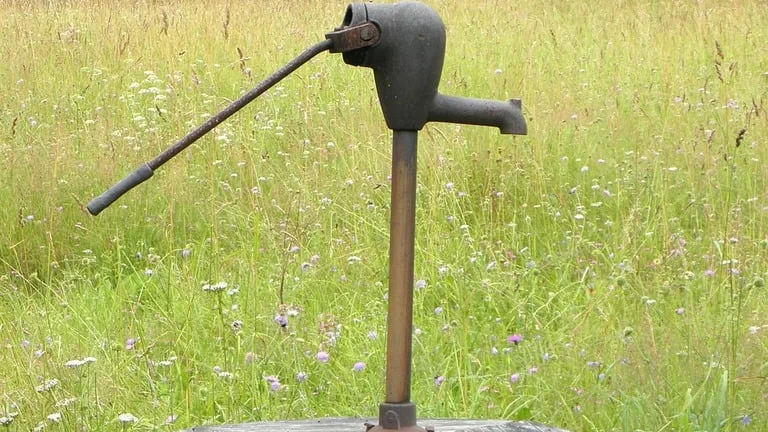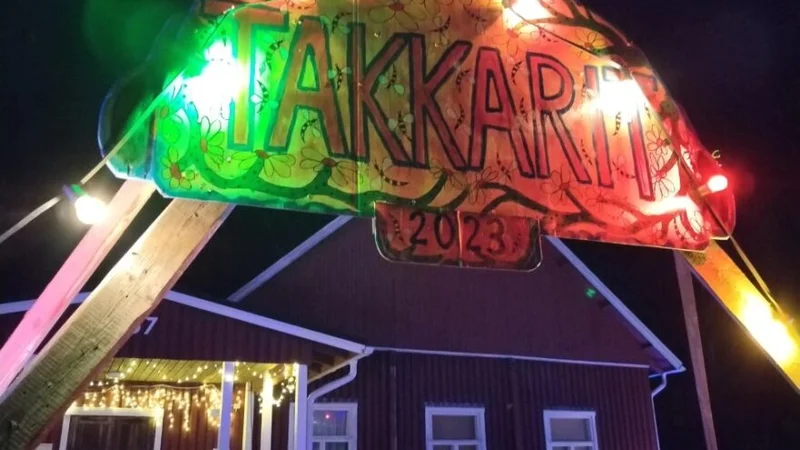Access to clean water is a fundamental human right, yet in rural Finland, ensuring a consistent and safe water supply remains a challenge. This was the focus of a recent theme night discussion in Päijät-Häme, where residents and experts gathered to talk about freshwater access, quality, and wastewater management in sparsely populated areas. The discussion highlighted both practical issues and broader environmental concerns surrounding rural water use.
Water Quality and Access in Rural Areas
Unlike urban centers, many rural Finnish households rely on private wells for their drinking water. Typically, these are either ring wells or boreholes that source groundwater naturally filtered through soil layers. While well water is generally safe, the responsibility for maintenance, quality testing, and treatment falls entirely on homeowners.
One of the key concerns raised during the discussion was the inconsistency in water quality and availability. Some residents noted seasonal fluctuations in water levels, while others reported issues such as high iron or manganese content, which can affect taste and usability. Another pressing concern is the presence of radon in groundwater, a naturally occurring radioactive gas that can pose health risks if not properly managed.
Challenges of Wastewater Management
In rural Finland, approximately 300,000 permanent residences and 400,000 summer cottages are not connected to municipal sewage systems. Instead, these properties must use on-site wastewater treatment solutions, such as septic tanks, biofilters, or small-scale treatment plants.
Wastewater management regulations in Finland are strict, aiming to protect groundwater and surface water from contamination. However, complying with these regulations can be costly and complex, particularly for older properties that need system upgrades. Homeowners in remote areas face additional logistical challenges, such as arranging professional inspections and obtaining necessary permits.
Participants at the theme night voiced concerns about the financial burden of wastewater system upgrades. While subsidies and financial aid exist, they may not cover the full cost of implementation. Furthermore, some residents worry about the long-term maintenance requirements of modern wastewater treatment solutions.
Potential Solutions and Future Directions
To address these challenges, several strategies were discussed:
- Enhanced Water Quality Monitoring: Regular testing of well water for contaminants like bacteria, heavy metals, and radon is essential. Subsidized testing programs could encourage more homeowners to check their water quality.
- Community Water Solutions: In areas where individual wells face recurring issues, shared water supply solutions could be explored. Cooperative water networks or small-scale municipal services could offer reliable access.
- Support for Wastewater System Upgrades: Increased financial support and simplified bureaucratic processes would help homeowners meet wastewater treatment requirements without excessive costs.
- Education and Awareness: Public campaigns on water conservation, maintenance best practices, and sustainable wastewater solutions can empower residents to take proactive measures.
Conclusion
Ensuring clean water and effective wastewater treatment in rural Finland requires collaboration between residents, policymakers, and environmental experts. The recent discussion in Mallusjoki habitability workshop on 20.3.2025 highlighted the importance of practical solutions, financial support, and continued research into innovative water management techniques. As climate change and population shifts continue to impact rural areas, sustainable water solutions will remain a top priority for Finnish communities.




Existing Comments